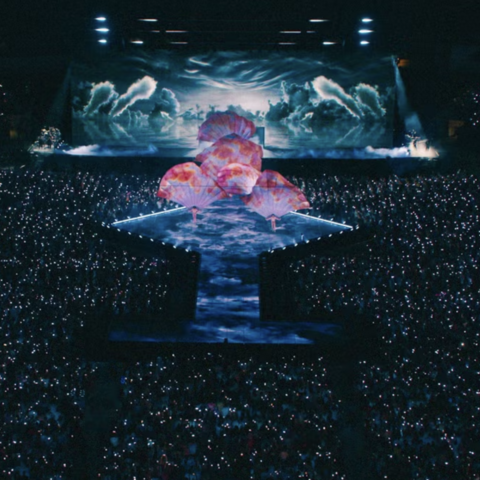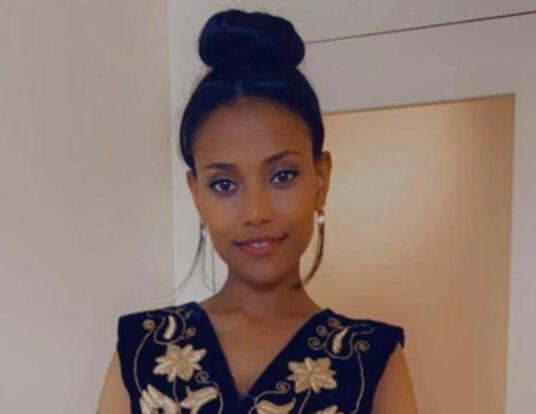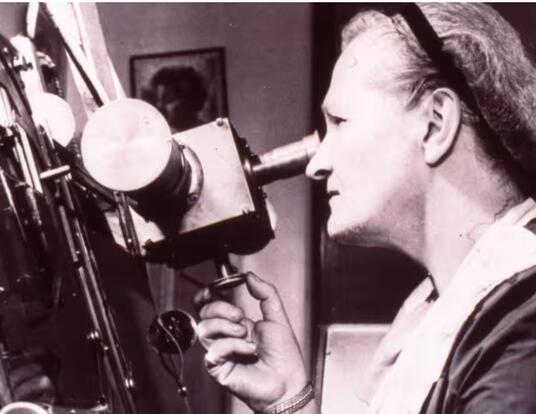Measuring the Universe, Leading a University
GSAS Voices: Brian Schmidt, PhD ’93
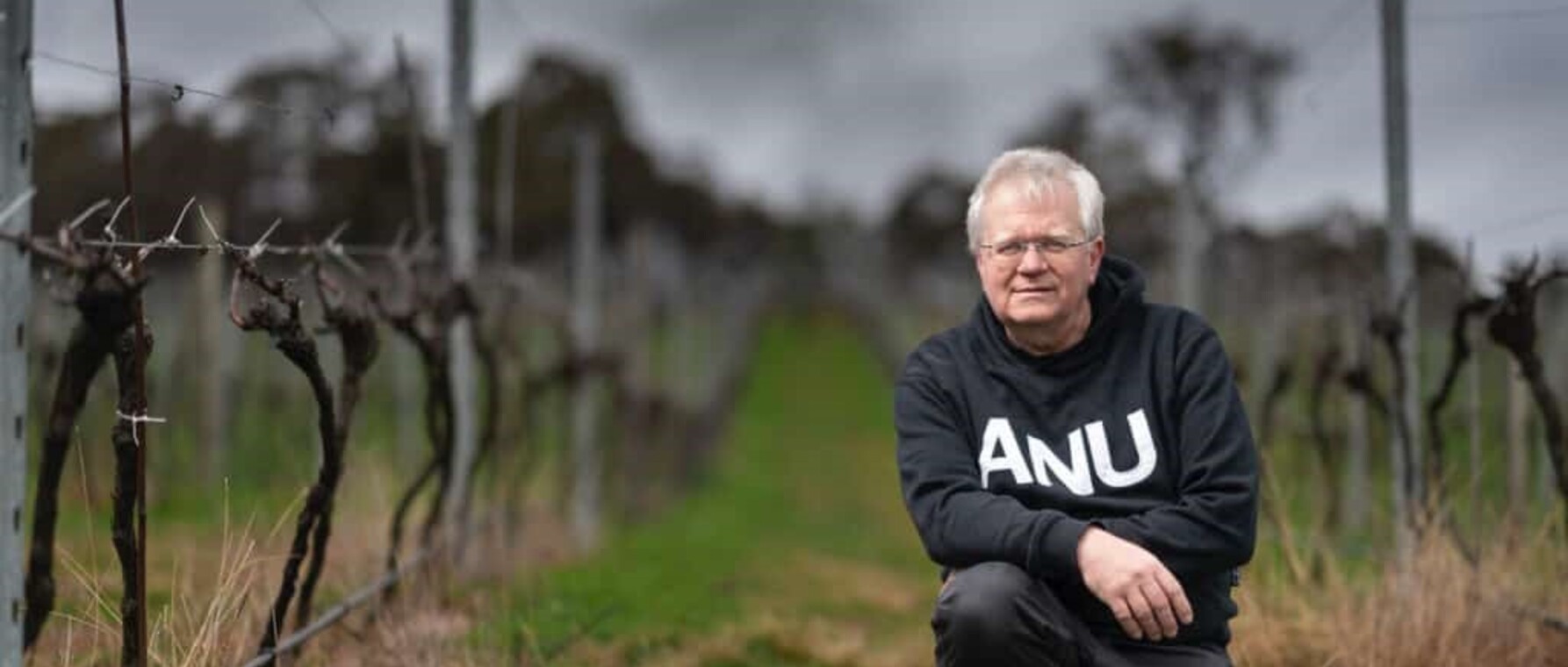
Throughout its 150th anniversary year, GSAS is foregrounding the voices of some of its most remarkable alumni and students as they speak about their work, its impact, and their experiences at the School.
Now the vice-chancellor of the Australian National University, Brian Schmidt, fellow GSAS alumnus Adam Riess, PhD ’96, and UC Berkeley’s Saul Perlmutter won the Nobel Prize for physics in 2011 for discovering the accelerating expansion of the universe. He talks about this work, how he brought the skills of a scientist to the leadership of one of Australia’s top academic institutions, and why future Nobel laureate Michael Kremer, PhD ’96, was not the most interesting person he met while living in Perkins Hall.
The Push of Dark Energy
I'm an astronomer. I’m most known for using exploding stars, which we call supernovae, to measure distances in the universe.
In 1998, I had the honor of leading a team of scientists from around the world who used these exploding stars to measure the expansion rate of the universe back in time billions upon billions of years. When a star exploded, we were able to measure the trajectory of the universe, of how much it was expanding. Against all expectations, we found that the expansion of the universe was accelerating, it was speeding up over time. For some reason, gravity was pushing rather than pulling over the last six billion years of the universe’s life.
We think that’s because the universe is about 70 percent dark energy—energy that is everywhere in the cosmos. According to Einstein's theory of general relativity, that dark energy will make gravity push rather than pull. That was certainly not something we expected to find.
Not an Ivory Tower
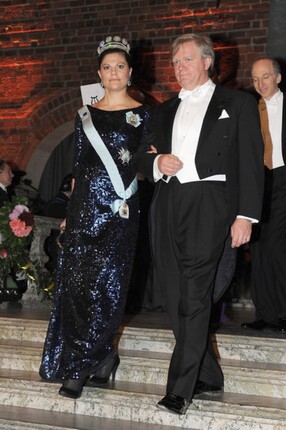
Running a university is very different than being part of a team that’s charting the expansion of the universe. But I’ve tried to take those skills of science and the skills of working with scientists and transfer them to the leadership of the Australian National University.
Universities are absolute cornerstones within our societies—especially democratic societies. Trying to ensure that we make the most out of this institution has been both invigorating and, in the time of COVID, very challenging. I’ve tried to get the university to focus on its mission and to replicate the amazing education I had at Harvard so that students here in Australia get a similar education.
I'm also incredibly proud of all the research that we do here on our side of the world. Much of it is unique to Southeast Asian Oceania, so it's really important that we are a leading light in this corner of the globe.
Finally, I tried to get the university to think about how we treat young researchers, and how we really bring women and a whole diversity of people from non-traditional backgrounds into academia. I want to make sure that we are not an ivory tower but rather an institution that’s useful to all Australians, not just an elite set.
Meeting a Nobel-To-Be Was Nice, But…
I enrolled at GSAS in 1989. I lived in Perkins Hall where I made a whole bunch of friends. Just down the hall was someone who turned out to be another Nobel Laureate—the economist Michael Kremer. But probably the most important connection I made was meeting my wife, Jennifer Gordon, PhD ’93, who lived on the second floor.
It took a while for us to meet—not until the end of the fall term. The dean of GSAS, John Fox, had this amazing residence, where you can go up and ski during the winter. And so, we tried Jenny and I. She was studying economics. We helped organize these kinds of activities, and it was one of the things that brought us together.
Get the Latest Updates
Join Our Newsletter
Subscribe to Colloquy Podcast
Simplecast


